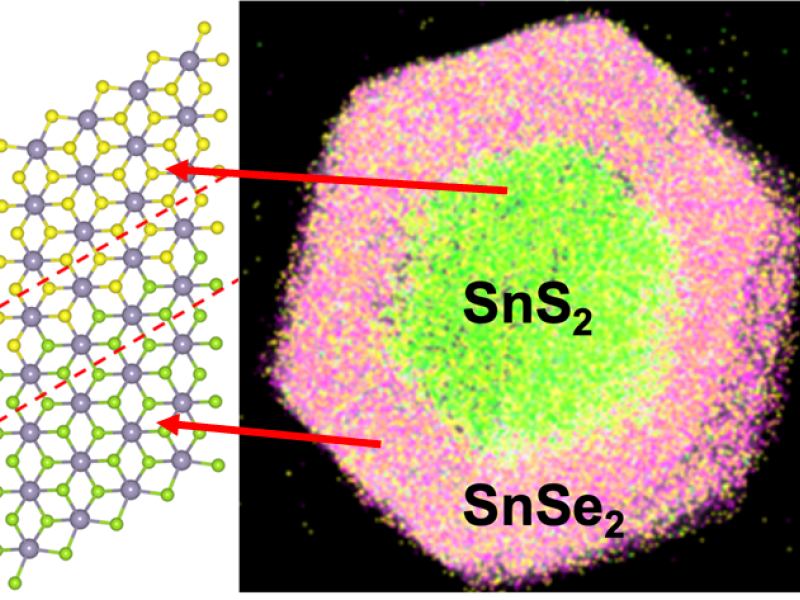Featured Stories
August 21, 2025
PermitAI Ushers in a New Era for Faster, Better Federal Permitting
August 20, 2025
Unique Active Memory Computer Purpose-built for AI Science Applications
August 19, 2025
Researchers Explore ‘Biomining’ Seaweed for Critical Minerals
August 18, 2025
Grid Storage Launchpad Celebrates First Year of Operations
Subscribe
to receive PNNL
news by email:
Latest Stories
292 results found
Filters applied: Coastal Science, Integrative Omics, Precision Materials by Design
























